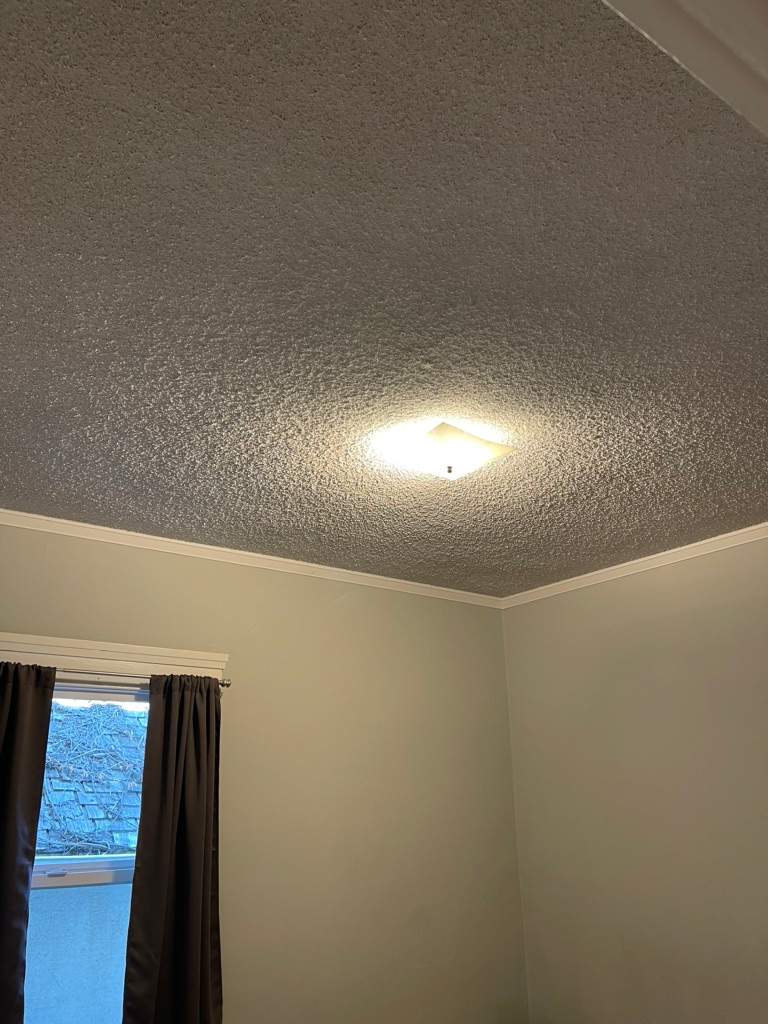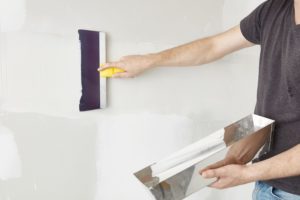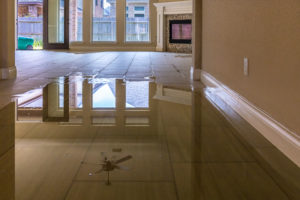DRYWALL TIPS FOR RESIDENTIAL OR COMMERCIAL PROJECTS
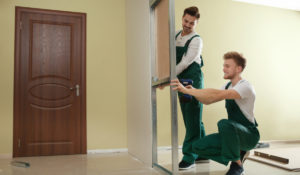
Drywall is a versatile building material used to create or to cover framing on walls and ceilings. It is made up of gypsum and it is a naturally occurring mineral in plentiful supply making it an eco-friendly choice. The gypsum material is mixed with other added materials to create a slurry which is sandwiched between two layers of paper and it should always be dried. It is said that the paper type and thickness along with the chemicals in the slurry determine the type of drywall.
Drywall generally provides the fire resistance and soundproofing for walls and ceilings on the interior of residential and commercial buildings. It is basically screwed onto the framing structure in which there are the joints between drywall panels and they are taped to hide the gap then the mud solution is applied to smoothen the transition and patch the screw holes. Once the mud dries, it is sanded to a fine finish and the wall is textured or painted depending on the desired finish.
Drywall thicknesses :
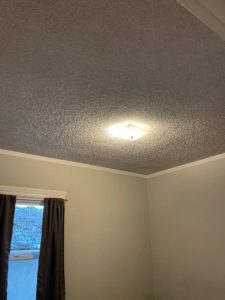
Drywall comes in a variety of thicknesses and each type is used in different applications. There are multiple layers of drywall that can be installed to increase the fire resistance or soundproofing qualities.
There are the thinnest wall boards which are actually made up of ¼ inch and are used primarily on curved walls. Its thinness allows it to be more flexible, especially when it is wet. It is better to use the regular drywall. Once the drywall is dry, it’s finished like regular drywall.
It is said that the most common thickness of any drywall is ½ inch. This type of thickness is also used on the majority of walls in residential and commercial construction. It generally provides 30 minutes of fire protection. Multiple layers are often installed in rooms or areas that need more protection.
There are several types of drywall available that are usually differentiated by the color of the paper surrounding the drywall. The variations in them are created by different paper types and the addition of chemicals to the slurry.
Regular drywall
Regular drywall is called as white board. It is the most common type used in ceilings and walls in homes and at commercial projects. The most common thickness for residential use is ½ inch. There are the most common drywall sheets also available which are of size 4’ x 8’ but it is also available in lengths which is up to 16 inches for high ceilings. The Home improvement stores which are famous for selling the drywall and they usually sell 2 x 2 drywall sizes for smaller repairs and to make the sheets easier to carry.
Mould-resistant drywall :
Mold-resistant drywall, often called green board and it is generally made with a paper thicker than regular drywall and it is usually coated with wax for extra moisture resistance. It also comes with a fibreglass mesh that is non-organic, removing the food necessary for mould to grow called paperless drywall. There is a Mould-resistant drywall that is most often used in bathrooms, kitchens, laundry rooms and as a tile backer. A mould-resistant mud is also available. It should be noted that moisture-resistant drywall is not the same as mould-resistant.
Plasterboard In Drywall :
Plasterboard or it is mostly known as blue board, is generally used as a base for plaster applications much like the lath in lath and plaster walls. Plasterboard basically requires a thin coat or layers of coats of plaster to be installed over the entire surface. The face paper is absorptive and it allows the plaster finish coat to stick to the drywall better. It is mostly used in older homes to give the look of lath and plaster.
Soundproof drywall :
Though all the drywall has some soundproofing qualities, the soundproof drywall adds additional wood fibre, gypsum, and polymers to increase the sound transmission class above the base of regular drywall. There is a rating called STC. STC is a rating similar to the Richter scale that measures the amount of noise a material can stop. Soundproof drywall is used when additional soundproofing is required. For example in between the living spaces and shared walls, it is denser than regular drywall and can be more difficult to work with.
Fire-resistant drywall:
There are several different types of Specialized fire-resistant drywall available. Which are generally used in garages and basements around equipment that might cause a fire. It basically contains fiberglass, which slows the progress of fire and doesn’t burn as fast as regular gypsum. There are two types of fire-resistant drywall called Type X and Type C. Type X gives up to one hour of protection from fire and it is 5/8” thick. It can be used in multiple layers to provide greater protection if needed. Type C is the same as Type X, but it does not shrink when burning. It is used primarily in ceilings to keep them from collapsing during a fire.
Follow Farley Construction for more DRYWALL TIPS FOR RESIDENTIAL OR COMMERCIAL PROJECTS

